Although the COVID-19 pandemic changed the way that we conducted research, the faculty, staff and students of the Purdue Department of Forestry and Natural Resources continued to push their work forward, in the lab, in the field and also on the writing front over the summer months.
Here’s a look at what you may have missed including new grants and funding, extension work, awards, new hires, publications and media appearances.
Grants/Research Funding
The past few months have brought in additional funding for existing research projects as well as grants for new studies.
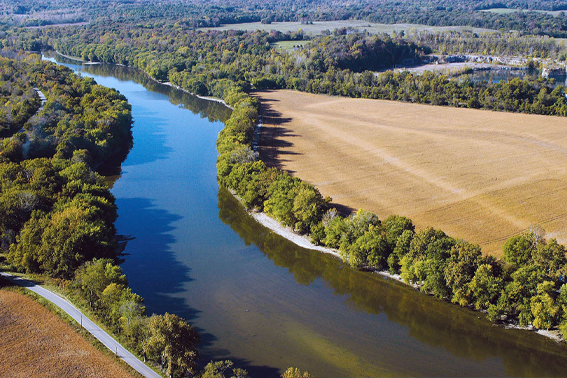
Dr. Bryan Pijanowski and post-doctoral research associate Dr. Kristen Bellisario’s proposal regarding “Sensor technologies for real-time monitoring of mosquito populations through heat maps in India” was selected as one of four to receive the 2020 Shah Family Global Innovation Lab Seed Grant.
Dr. Linda Prokopy earned support for two new projects: “Understanding of Persistence of Cover Crop Use: Lower Wabash,” and also a social science assessment of the obstacles and opportunities for meeting nutrient management goals.
Dr. Andrew DeWoody will be studying the genetics of the Inyo California Towhee, a potentially endangered bird species.
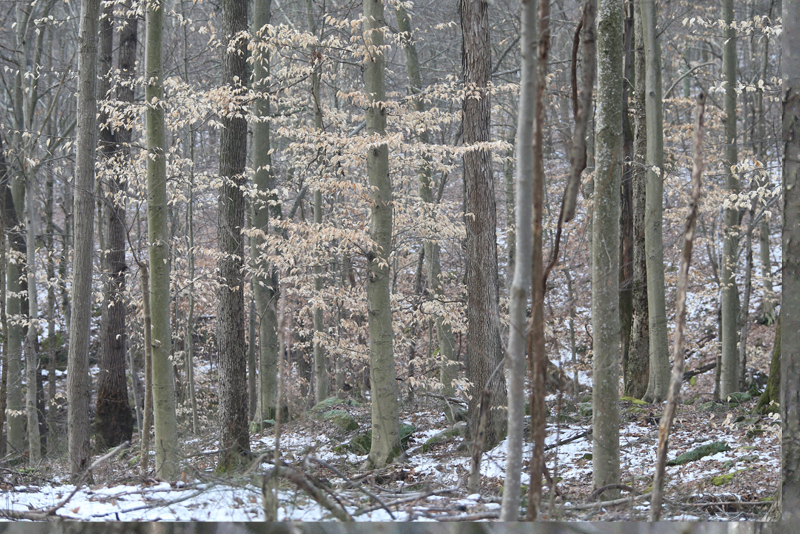
Assistant professors Mo Zhou and Jingjing Liang will be part of a collaborative study with the University of Kentucky on “Enhancing the Awareness, Knowledge and Understanding of Sustainable Maple Syrup Production Practices Among Current and Potential Maple Syrup Producers.” The duo has been awarded a $100,000 grant from the United States Department of Agriculture - Acer Access and Development Program for their portion of the study. – Zhou, Liang Earn Maple Syrup Industry Grant
Dr. Marisol Sepulveda is part of USDA grant project working with the Florida Pompano. The study will look at “Ensuring a Steady Supply of Warm Water Marine Finfish Seed Stock to Support the Development of the U.S Aquaculture Industry. Sepulveda’s part in the research will look at developing larviculture methods for sustainable production of high-value water marine finfish, specifically evaluating the transcriptome response of Florida Pompano to differences in salinity.
Dr. Liz Flaherty is part of a newly funded grant from the National Science Foundation: “Collaborative Research: The Ecological Basis of Hunting and Meat Sharing in Female Savanna Chimpanzees,” an interdisciplinary project, which assesses female biased hunting. It is part of the HUNTRESS (hunting, nutrition, tool use, reproductive ecology, and meat sharing in savanna chimpanzees) project. Flaherty will be leading the stable isotope component of the project.
Hirings/Promotions


Purdue FNR hired Dr. Anna Conrad as a research plant pathologist for the Hardwood Tree Improvement and Regeneration Center (HTIRC) and NRS-14 of the United States Forest Service Northern Research Station.
Maria Leatherwood joined the FNR staff as an academic advisor and graduate program coordinator in the office of student services. She comes to Purdue from Scripps College of Communication at Ohio University where she was a student success advisor. Maria, who boasts a master’s degree in educational leadership and a P.S. in Psychology, also was an academic advisor at Purdue Fort Wayne.
Scott Allaire, who joined the Integrated Deer Management Project in February as lead predator technician, has been named as the IDMP’s new field coordinator, joining the staff full time.
Awards
Purdue Landscape Report received Outstanding Blog award from the American Society of Horticultural Science for Extension Education Materials.
Nature of Teaching was honored as the third place finisher in the central region for the Environmental Education Award presented by the National Extension Association of Family and Consumer Science (NEAFCS).
Graduate student Jessie Elliott was named Esri Student of the Year
Alumna Brianne Lowe earned one of four national biologist awards from the USDA Natural Resources Conservation Service.
Dr. Elizabeth Flaherty was tabbed as The Wildlife Society Student Chapter Advisor of the Year.
Alumnus Steve Backs was the recipient of the 2020 Chase S. Osborn Award in wildlife conservation.
Dr. Songlin Fei garnered Purdue’s Agricultural Research Award, given to faculty members for excellence in applying scientific principles to solve important research problems.
FNR also named its 2020 student award honorees, including leadership and academic merit awards.
PhD student Geoffrey Williams received a grant offer from the Fulbright U.S. Student Program, through which he will investigate the potential role of bark and wood-feeding beetles to forest mortality events
Meeting the People Where They Are
Purdue Extension personnel were impacted by COVID-19 as many of their traditional outlets of outreach were unavailable due to the lack of in-person meetings. To fill the void and continue to get information out to the public, Purdue FNR extension specialists created several video series and even a weekly Facebook LIVE question and answer session.
The FNR Ask The Expert series has covered topics from rainscaping to wildlife myths to invasive species and more. To catch up on the series, take a look at the archived episodes here: FNR Ask The Expert Playlist. The series airs live at 3 p.m. on Thursdays on the FNR Facebook page.
Extension forester Lenny Farlee began introducing the public to native Indiana tree species through his ID That Tree series, which can be found on YouTube here: ID That Tree Playlist. The ID That Tree episodes come out each Friday.
Extension wildlife specialist Rod Williams and his research team have introduced viewers to hellbenders, snakes, and water related habitat issues through the A Moment in the Wild series.
As attention turns to wildlife food plots and habitats with hunting seasons on the way, extension wildlife specialist Jarred Brooke has kicked off a new Wildlife Habitat Hints series. The first episode on trail camera tips and tricks is available on YouTube. Upcoming episodes will be released on Tuesdays throughout the fall.
For more on Purdue FNR’s extension activities, check the Purdue FNR Extension webpage and the GotNature? blog.
Publishing Research
From research on hellbenders to cover crops and pollution, fish diets and tree breeding, Purdue FNR put out several publications over the past several months.
Here is a look at the various publications that were released by faculty, staff and students.
Differing, multi-scale landscape effects on genetic diversity and differentiation in eastern chipmunks. Undergraduate Elizabeth Kierepka, Dr. Rob Swihart. 2020. Heredity, in press

Palatability of common cover crops to voles (Microtus). Graduate student Abby-Gayle Prieur and Dr. Rob Swihart. 2020. Crop Protection, in press.
A novel bioaugmentation technique effectively increases the skin-associated microbial diversity of captive eastern hellbenders – Dr. Rod Williams in Conservation Physiology, Volume 8, Issue 1
Prescribed fire promotes acorn survival and seedling emergence from simulated caches. Graduate student Skye Greenler, Dr. Rob Swihart, and Dr. Mike Saunders. 2020. Forest Ecology and Management, in press.
The urgency of transforming the Midwestern U.S. landscape into more than corn and soybean – Dr. Linda Prokopy in Agriculture and Human Values, Volume 37, pages 537-539
Mayflies’ Reaction to Pollutants Differs by Population – Dr. Jason Hoverman, graduate student D. Riley Rackliffe in Environmental Pollution, Volume 265, Part B, Oct. 2020
Source Switching Maintains Dissolved Organic Matter Chemostasis across Discharge Levels is in a Large Temperate River Network – Dr. Jacob Hosen in Ecosystems 2020
Diet complexity of Lake Michigan salmonines: 2015–2016 – MS alumnus Ben Leonhardt in Journal of Great Lakes Research, Volume 46, Issue 4, Pages 1044-1057
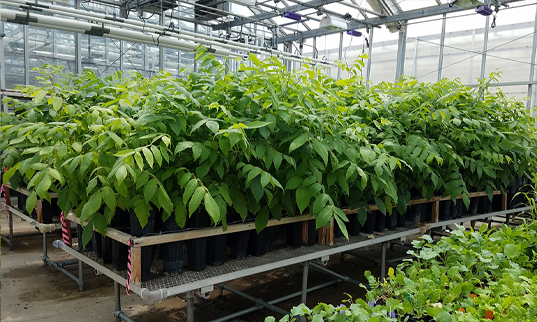
Communication, Partnerships, and the Role of Social Science: Conservation Delivery in a Brave New World – Linda Prokopy in Society and Natural Resources, Volume 33, Issue 7
Seed propagation protocol for pure and hybrid butternut – doctoral candidate Andrea Brennan, Doug Jacobs in Reforestation, Nurseries and Genetics Resources
Timing and order of exposure to two echinistome species affect patterns of infection in larval amphibians – master’s alumnus Logan Billet, Journal of Parasitology
Prescribed fire does more good than harm when managing forests on public lands – Dr. Mike Saunders in the Indiana Woodland Steward
A Flexible Model‐based Approach to Delineate Wildlife Management Units – Rob Swihart, Jarred Brooke, Zhao Ma in Wildlife Society Bulletin, Volume 44, Issue 1
Behavioral constraints on local adaptation and counter‐gradient variation: Implications for climate change – doctoral student Brandon Quinby in Ecology and Evolution, Volume 10, Issue 13
No acclimation: instantaneous responses to temperature maintain homeostatic photosynthetic rates under experimental warming across a precipitation gradient in Ulmus Americana – Dr. Jeff Dukes in AoB Plants, Volume 12, Issue 4
Identifying the commons ground: Small-scale farmer identity and community – Dr. Zhao Ma, Anna Erwin, Keri Iles in the Journal of Rural Studies, Volume 78, pages 25-35
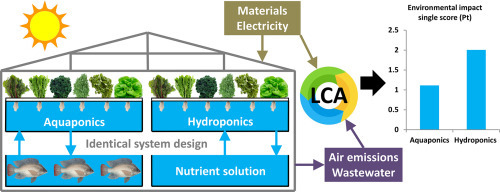
Differential habitat use patterns of yellow perch Perca flavescens in eastern Lake Michigan and connected drowned river mouth lakes - Master’s student Taylor Senegal, Dr. Tomas Hook in Journal of Great Lakes Research
Comparative Life Cycle Assessment of Aquaponics and Hydroponics in the Midwestern US – graduate research assistant Peng Chen, Dr. Paul Brown in Journal of Cleaner Production, Volume 275
The practice of Payments for Ecosystem Services (PES) in the Tropical Andes: Evidence from program administrators – Dr. Zhao Ma in Ecosystem Services, Volume 45
Individual-based modeling highlights the importance of mortality and landscape structure in measures of functional connectivity – Dr. Pat Zollner, Casey C. Day, Nicholas P. McCann in Landscape Ecology
Stable isotope ecology in insects: a review – PhD student Brandon Quinby, Dr. Elizabeth Flaherty in Ecological Entomology
Crop insurance: A barrier to conservation adoption – Dr. Linda Prokopy, Jackie Getson in Journal of Environmental Management, Volume 276, December 2020
Squirrel-Net Teaching Modules Published on CourseSource – Dr. Elizabeth Flaherty is part of a series of publications released on Sept. 14 related to squirrel and other rodent behavior.
Source Switching Maintains Dissolved Organic Matter Chemostasis Across Discharge Levels in a Large Temperate River Network – Dr. Jacob Hosen in Ecosystems
Mechanisms underlying detection of seed dormancy by a scatter-hoarding rodent. Graduate student Mekala Sundaram, undergraduate Ashley Higdon, Dr. Rob Swihart in Integrative Zoology 15:89-102.
Field attributes and farming practices associated with vole (Microtus) damage in cover-cropped fields. Graduate student Abby-Gayle Prieur and Dr. Rob Swihart. 2020. Agriculture, Ecosystems, and Environment, in press.
Northern harriers (Circus hudsonius) are facultative specialists on arvicoline rodents in midwestern agroecosystems. Graduate student Megan Zagorski, and Dr. Rob Swihart. 2020. American Midland Naturalist, in press.
Survival and mortality sources in a recovering population of bobcats (Lynx rufus) in south-central Indiana. Postdoctoral researcher L.R. Jones, undergraduate student E. Godollei, S.A. Johnson, C.M. Hudson, Dr. Pat Zollner, and Dr. Rob Swihart. 2020. American Midland Naturalist, in press.
Killing time in cover crops? Artificial perches promote field use by raptors. Graduate student Megan Zagorski, and Dr. Rob Swihart. 2020. Annals of Applied Biology, in press.
Affiliated Centers/Partners
Work continued at Purdue FNR’s affiliated centers and partner organizations. Click below for annual reports and recent news.
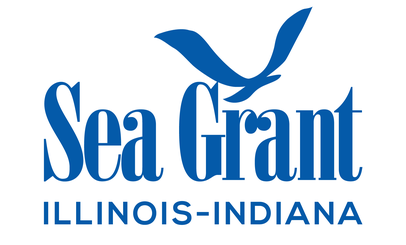

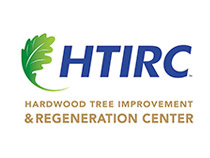
Media Appearances
In addition to the publications put out, many media articles also featured Purdue FNR personnel, the work that they are doing and their expertise. Here’s a look at some of those stories.
Federal Report Warns of Financial Havoc From Climate Change – featuring Dr. Jeff Dukes

DNR Adopts RMU Research Techniques Created by Integrated Deer Management Project – featuring work by the Integrated Deer Management Project and a publication by Dr. Rob Swihart, Jarred Brooke, Dr. Zhao Ma
COVID Lessons applied to Forestry, Climate Change – featuring Dr. Jingjing Liang
Sepulveda, Hoverman Among Purdue Group Studying Forever Chemicals – featuring Dr. Marisol Sepulveda and Dr. Jason Hoverman
What the Coronavirus Can Teach Us About Fighting Climate Change – featuring Dr. Jeff Dukes
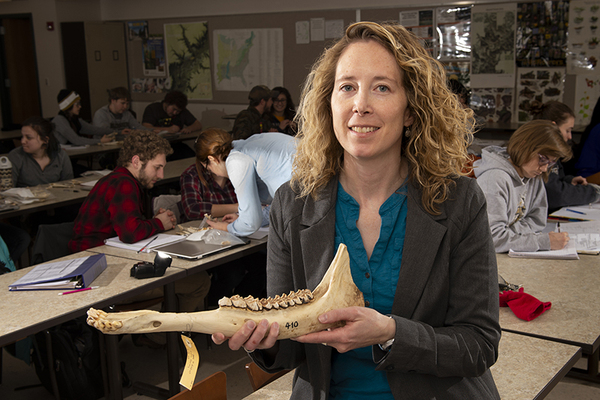
Purdue Advocates for Global Forest Data Sharing – featuring Dr. Jingjing Liang
DeWoody Receives Grant to Study Inyo California Towhee Genetics – featuring Dr. Andrew DeWoody
Fire in the Forest: Part 1 – featuring Dr. Mike Saunders
Farmers Who Rent Less Likely To Do Practices That Improve Soil, Water – featuring postdoctoral research associate Pranay Ranjan’s research
How Agriculture Instructors Capitalize on Benefits of the Virtual Classroom – featuring Dr. Barny Dunning

Wildlife Society Feature: Flaherty Earns Student Chapter Advisor Award – featuring Dr. Liz Flaherty
Report provides new framework for understanding climate risks, impacts to US agriculture – featuring Dr. Linda Prokopy
Shao’s Work on Map Accuracy Confirmed in New Publication – featuring Dr. Guofan Shao
FNR Students Lead Global Student on Soil Responses to Precipitation – featuring Dr. Jeff Dukes, master’s student Akane O. Abbasi and doctoral student Maria del Rosario Uribe






